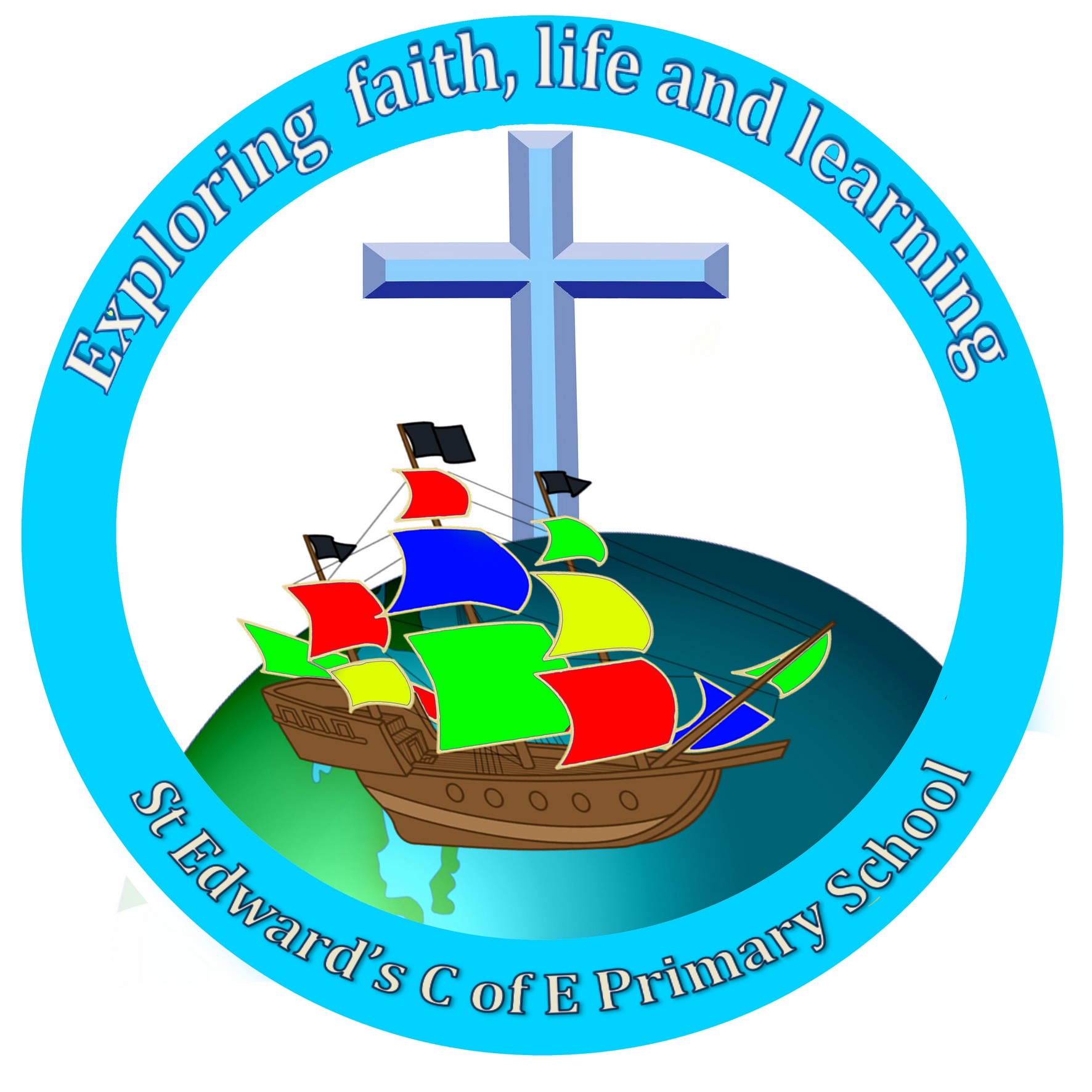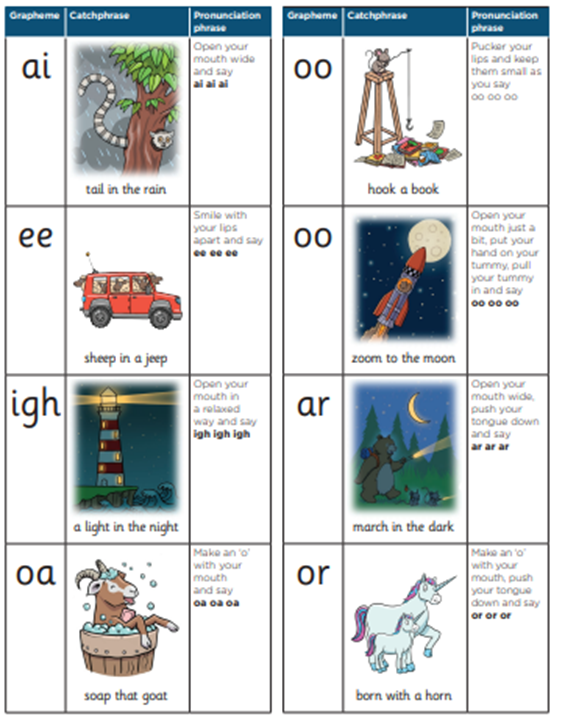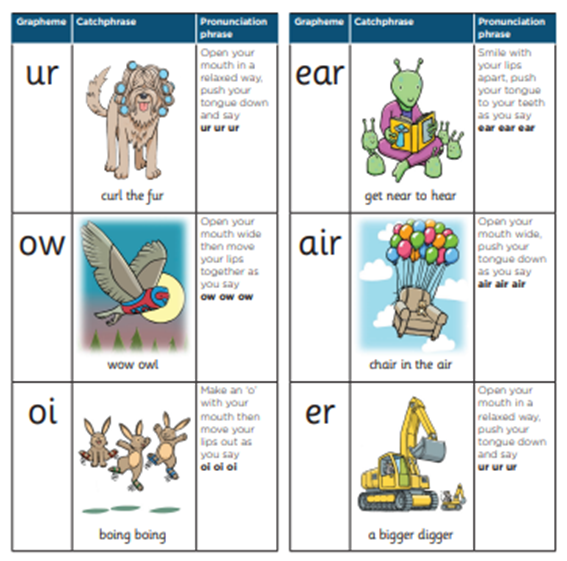How we teach your child to read and write
How we teach your children to read and write.
Every child deserves success right from the start. At St Edward’s we know that the sooner children learn to read, the greater their success at school. This is why we put reading at the heart of what we do.
To support this, we use a phonic teaching programme called Little Wandle in order to teach our children to read and write.
What is Little Wandle?
Little Wandle is a complete phonics programme which helps children learn to read fluently and at speed, so they can focus on developing their skills in comprehension, vocabulary and spelling. We begin the programme in Reception and will continue teaching it to children until they can read fluently.
How will Little Wandle be taught?
Children in KS1 will partake in whole class phonic lessons daily for up to 45 minutes. During this time they will learn a new phoneme and practise blending the phonemes they have previously learnt within words. This will develop their confidence in reading. Your child will also be taught how to spell words containing graphemes they have been taught as well as words that do not follow conventional spelling patterns.
Children are assessed every half-term to allow us to revisit relevant elements of the programme with children that need this. This ensures that they continue to make progress. We also provide extra daily one-to-one sessions for children who need a bit of a boost to keep up.
How do we make phonics easy for children to learn?
Little Wandle phonics depends upon children learning to read and write sounds effortlessly, so we make it simple and fun.
Children learn to read words by sound-blending. The teacher says the sounds and children help blend the sounds to read each word. Children learn to do this orally first.
Phase 2
Phase 2 Sounds are taught in the following order together with rhymes to help children instantly recognise sounds ready for blending. Please do not use letter names at this early stage. Children will also use pictures of each sound to help recognise the sound and then form the shape of the sound. 
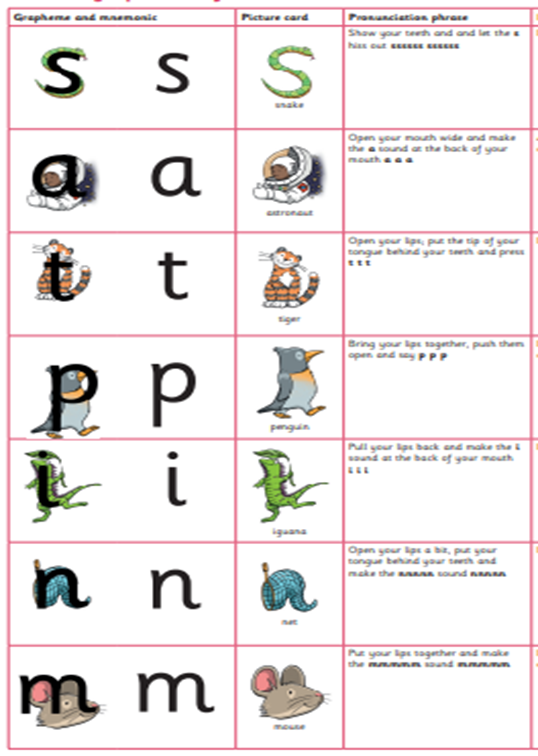 |
 |
Set 2 & 3

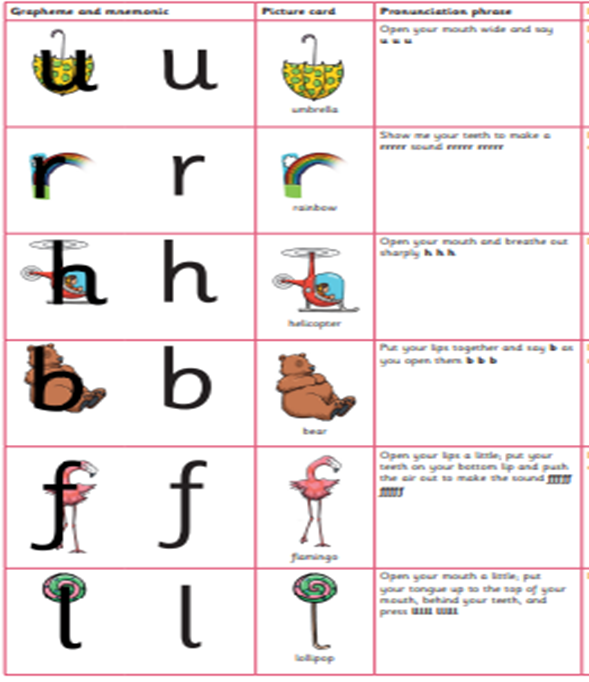
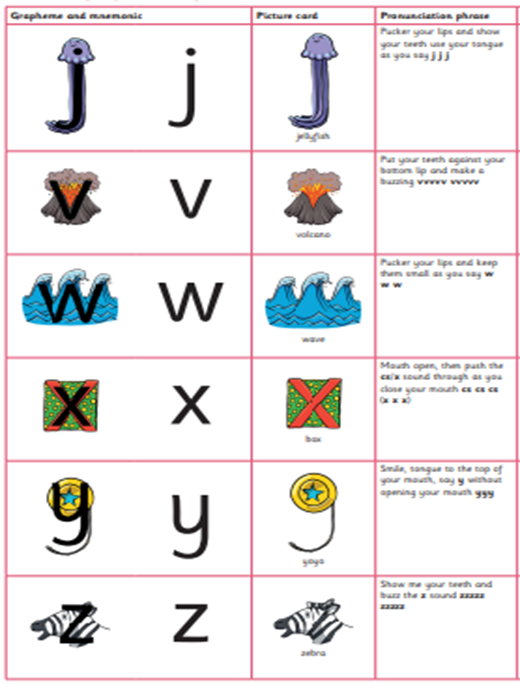
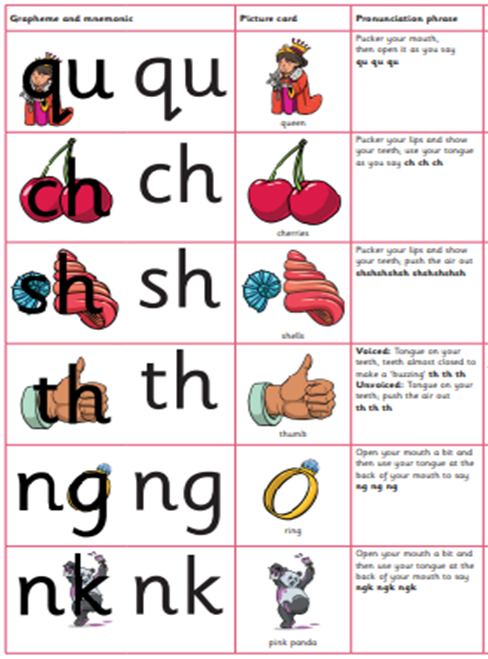
When they are very confident with all of Phase 2, children are taught Phase 3 Sounds. Phase 3 teaches children the different spellings of the same sounds.
|
|
|
Nonsense words (Alien words)
As well as learning to read and blend real words, children will have plenty of opportunities to apply their sound recognition skills by reading ‘Nonsense words’. These words will also feature heavily in the Year One Phonics Screening check in the summer term.
How do we ensure children can read every book?
The first thing we do is to give children books we know they can read – without any guessing. (We read lots of other stories to them, but do not expect them to read these yet.)
Before they read the story, children sound out the names of characters and new words, and practise reading any tricky words with their teacher.
Then, over three days, children read the story three times: first, to focus on reading the words carefully; the second, to help them read the story with prosody, and on the third, we focus on comprehension. By the time your child reads the story to you at home, they will be able to read it confidently and with expression. Our children also take another book home to read. This book is a choice book that is intended to be shared with an adult, not read by the child.
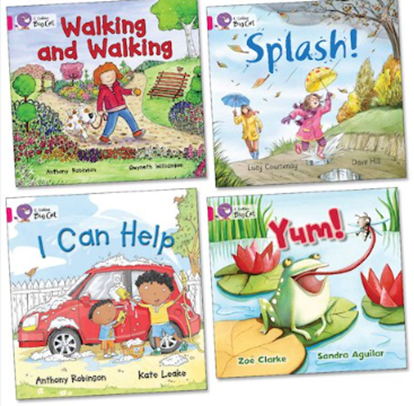
Story and poetry time
Storytime is the highlight of every day. We have a bank of stories that children get to know really well, and others we read just for fun. Children learn to retell the story, learn the refrains by heart and act out the stories. Children learn poetry too.
